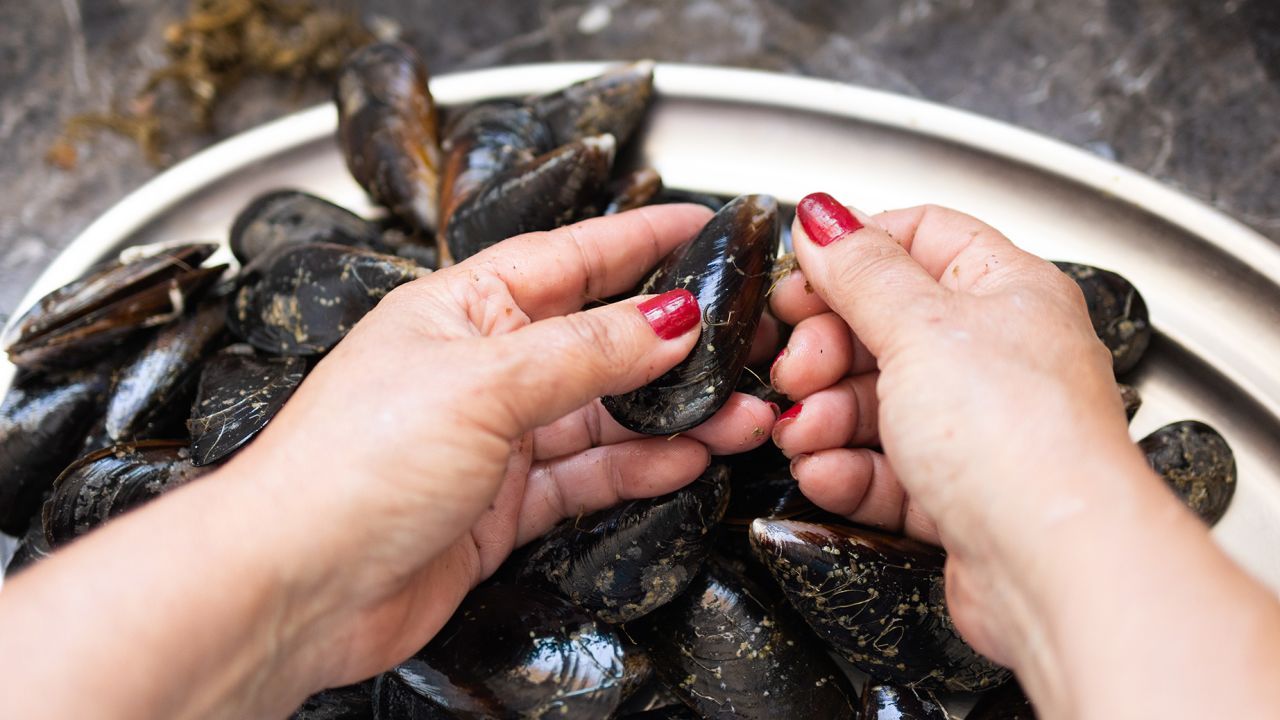

Articles
How To Store Mussels Before Cooking
Modified: December 7, 2023
Learn how to properly store mussels before cooking in this informative article.
(Many of the links in this article redirect to a specific reviewed product. Your purchase of these products through affiliate links helps to generate commission for Storables.com, at no extra cost. Learn more)
Introduction
Mussels are a popular and delicious seafood option that can be enjoyed in a variety of dishes, such as soups, pastas, and steamed preparations. However, to fully enjoy the taste and freshness of mussels, it is essential to store them properly before cooking. Proper storage not only ensures their flavor and texture but also helps maintain their food safety.
In this article, we will delve into the importance of properly storing mussels and share some valuable tips on how to store them before cooking. Whether you’re a seafood enthusiast or a beginner cook, understanding the correct storage methods for mussels will enhance your culinary experience.
Let’s jump right in and explore the best practices for storing mussels!
Key Takeaways:
- Properly storing mussels is crucial for preserving their freshness, flavor, and safety. Understanding the best storage methods and following food safety guidelines ensures a delightful culinary experience.
- Whether refrigerating, freezing, or keeping them in saltwater, storing mussels correctly enhances their quality and allows for the enjoyment of delicious, fresh seafood. Prioritize food safety and follow recommended storage times for optimal results.
Read more: How To Store Mussels
Understanding the Importance of Properly Storing Mussels
Properly storing mussels is crucial for maintaining their freshness, flavor, and overall quality. Mussels are highly perishable, and if not stored correctly, they can spoil quickly, resulting in a loss of taste and potential foodborne illnesses.
When mussels are harvested from the ocean or purchased from a seafood market, they are still alive. Like any living organism, they have specific requirements to stay healthy and safe for consumption. Improper storage conditions can cause the mussels to deteriorate rapidly, compromising their taste and potentially posing a health risk.
By understanding the importance of properly storing mussels, you can prolong their shelf life and ensure a delightful culinary experience. Here are some key reasons to prioritize proper mussel storage:
Preserving Freshness: Mussels are at their best when they are fresh. Proper storage helps retain their natural flavors, textures, and vibrant colors. Fresh mussels have a sweet and briny taste, and by storing them correctly, you can maintain these characteristics for longer periods.
Preventing Spoilage: Mussels can spoil quickly if exposed to improper storage conditions. They are highly perishable due to their high water content. Storing mussels at the wrong temperature or in unclean environments can accelerate spoilage, resulting in a foul smell, slimy texture, and a potential health hazard.
Food Safety: Proper storage practices play a vital role in ensuring the safety of the mussels. When mussels are not stored correctly, harmful bacteria can multiply, leading to foodborne illnesses. By following proper storage guidelines, you can minimize the risk of bacterial growth and protect yourself and others from potential health issues.
Understanding the significance of proper mussel storage empowers you to enjoy their full flavor and quality while prioritizing food safety. In the next sections, we will explore the steps you need to take to store mussels effectively.
Choosing Fresh and High-Quality Mussels
When it comes to storing mussels, starting with fresh and high-quality seafood is essential. By selecting the best mussels from the start, you set the foundation for successful storage and a delicious outcome. Here are some tips for choosing fresh and high-quality mussels:
- Look for Live Mussels: When purchasing mussels, always opt for live ones. Live mussels are still breathing, ensuring their freshness and quality. Avoid mussels with broken shells or those that do not close tightly when tapped. These signs may indicate that the mussels are no longer alive and may be spoiled.
- Favor Seasonal Mussels: Mussels have peak seasons when they are abundant and at their freshest. Check with local seafood markets or consult online resources to determine the best time to buy mussels in your area. Seasonal mussels are often more flavorful and readily available, ensuring a better culinary experience.
- Check for Clean and Intact Shells: The shells of mussels should be clean, shiny, and free from debris. Avoid mussels with cracked or broken shells, as they may be compromised and potentially unsafe to consume. Look for mussels with intact and tightly closed shells, indicating that they are alive and fresh.
- Avoid Mussels with Strong Odors: Fresh mussels should have a mild, oceanic smell, reminiscent of seawater. If the mussels emit a strong fishy or unpleasant odor, it may be a sign of spoilage. Trust your sense of smell and choose mussels with a fresh and pleasant aroma.
- Buy from a Reputable Source: To ensure the quality and freshness of the mussels, it is important to purchase them from a reputable seafood vendor. Seek out trusted fishmongers, seafood markets, or grocery stores known for their commitment to quality and food safety. They are more likely to provide fresh and high-quality mussels.
By following these guidelines, you can select the best mussels for storage and cooking. Remember that fresh and high-quality mussels are the foundation of a delicious seafood dish. In the next section, we will discuss the important step of cleaning mussels before storage.
Cleaning Mussels Before Storage
Before storing mussels, it’s crucial to clean them properly to remove any dirt, sand, bacteria, or unwanted substances that may be present on the shells. Cleaning mussels not only helps ensure their quality but also reduces the risk of contamination during storage. Here’s a step-by-step guide on how to clean mussels before storing them:
- Inspect and Sort: Start by inspecting the mussels and discarding any that have broken shells, don’t close when tapped, or appear damaged. Sorting ensures that you only store mussels that are in good condition and safe to consume.
- De-beard the Mussels: Mussels have a fibrous “beard” that protrudes from the edge of the shell. This beard can be tough and somewhat unpleasant if left on during cooking. To remove the beard, firmly grasp it between your thumb and forefinger and pull it downward towards the hinge of the shell. Remove the beard from each mussel before proceeding.
- Rinse with Cold Water: Place the cleaned mussels in a colander or large bowl and rinse them under cold running water. Gently rub the shells to remove any loose debris or lingering dirt. This rinsing process helps guarantee the cleanliness of the mussels and removes any remaining particles.
- Discard Open Mussels: As you rinse the mussels, pay attention to any that remain wide open. Tap the open mussels lightly on the counter or give them a gentle squeeze. If they don’t close, it means they are dead and should be discarded. Only live mussels should be stored and cooked.
- Final Check: Give the mussels a final visual inspection, looking for any signs of damage, broken shells, or unusual discoloration. Remove any mussels that appear suspect, as they may affect the quality or safety of the batch.
By following these steps, you can ensure that your mussels are thoroughly cleaned and ready for storage. Proper cleaning removes any impurities and helps maintain the quality of the mussels during storage. Now that the mussels are clean, it’s time to explore the various methods for storing them effectively.
Methods for Properly Storing Mussels
Proper storage is essential to maintain the freshness and quality of mussels until you’re ready to cook them. Below are three effective methods for storing mussels:
Read more: How To Store Mussels And Clams
4.1 Refrigerating Mussels
The most common method for short-term storage is refrigeration. Follow these steps to refrigerate mussels:
- Place the cleaned mussels in a colander or perforated container to allow air circulation.
- Cover the mussels with a damp cloth or paper towel to maintain moisture.
- Store the mussels in the refrigerator at a temperature between 32°F (0°C) and 40°F (4°C).
- Avoid storing mussels in a sealed container or submerged in water, as it can suffocate them and lead to spoilage.
- It’s best to consume the refrigerated mussels within 1-2 days for optimal freshness.
4.2 Freezing Mussels
If you want to store mussels for an extended period, freezing is an option. Follow these steps for freezing mussels:
- Steam the mussels briefly, just until the shells open. This helps loosen the meat from the shell.
- Remove the mussels from the shells and discard any that remain closed.
- Place the mussel meat in an airtight container or freezer bag, removing as much air as possible to prevent freezer burn.
- Label the container with the date and store it in the freezer.
- Mussels can be frozen for up to 3 months without significant loss of quality.
- Thaw frozen mussels in the refrigerator overnight before using them.
4.3 Keeping Mussels in Saltwater
Another method for storing live mussels is to keep them in saltwater. Here’s how:
- Combine 1/3 cup of salt per gallon (3.8 liters) of fresh water to create a brine solution.
- Submerge the mussels in the saltwater solution in a clean container.
- Cover the container with a lid or plastic wrap to prevent evaporation.
- Store the container in the refrigerator at a temperature between 32°F (0°C) and 40°F (4°C).
- Change the saltwater solution every 1-2 days to ensure freshness.
- Using this method, mussels can be stored for up to 5 days.
Choose the storage method that suits your needs and the time at which you plan to use the mussels. Once you’ve stored the mussels, it’s essential to be aware of their shelf life to ensure optimal freshness.
1 Refrigerating Mussels
Refrigeration is the most common method for short-term storage of mussels. By refrigerating mussels properly, you can maintain their freshness and quality until you’re ready to cook them. Here’s a step-by-step guide on how to refrigerate mussels:
- Prepare the Mussels: Start by cleaning the mussels as mentioned earlier in this article. Remove any debris, discarding any mussels with broken shells or those that remain open after tapping.
- Drain and Air Circulation: Place the cleaned mussels in a colander or a perforated container. This allows for proper drainage and air circulation around the mussels.
- Maintain Moisture: Mussels require moisture to stay fresh. Cover the colander or container with a damp cloth or paper towel. This helps prevent the mussels from drying out.
- Storage Temperature: Store the mussels in the refrigerator at a temperature between 32°F (0°C) and 40°F (4°C). This temperature range helps slow down bacterial growth, prolonging the shelf life of the mussels.
- Avoid Submerging: Do not submerge the mussels in water or store them in a sealed container. Submerging them can suffocate the mussels, while a sealed container can trap moisture and encourage bacterial growth.
- Optimal Shelf Life: Refrigerated mussels should be consumed within 1-2 days for optimal freshness. The longer mussels are stored, the higher the risk of them losing their flavor and quality.
By following these steps, you can refrigerate mussels effectively and enjoy them at their best. Refrigeration is a convenient and straightforward method that allows you to store mussels for a short period of time before cooking them. Next, we will explore another method of storing mussels – freezing.
Read more: How To Store Mussels In Fridge
2 Freezing Mussels
Freezing mussels is a great option if you want to store them for an extended period. Properly freezing mussels allows you to preserve their freshness and flavor for future use. Here’s a step-by-step guide on how to freeze mussels:
- Steam the Mussels: Begin by steaming the mussels briefly, just until the shells open. This process helps loosen the meat from the shells and makes it easier to remove later.
- Remove the Meat: Once steamed, remove the mussels from the shells. Discard any mussels that remain closed after steaming, as they may not be safe to consume.
- Place in Airtight Containers: Transfer the mussel meat to an airtight container or airtight freezer bags. Ensure that the container or bag is suitable for freezing and can be tightly sealed.
- Remove Air: Before sealing the container or bag, try to remove as much air as possible. This helps prevent freezer burn and maintains the quality of the mussels during freezing.
- Label and Date: Label the container or bag with the date of freezing. This will help you keep track of the mussels’ shelf life and use them in the proper order.
- Store in the Freezer: Place the container or bag of mussels in the freezer. Make sure to store them in a location where they won’t be crushed or damaged by other items.
- Freezer Shelf Life: Mussels can be stored in the freezer for up to 3 months without significant loss of quality. However, for the best taste and texture, it’s recommended to consume them within 1-2 months.
- Thawing the Mussels: When you’re ready to use the frozen mussels, thaw them in the refrigerator overnight. Slow thawing in the refrigerator helps preserve the texture and flavor of the mussels.
Freezing mussels is a convenient option for preserving them for longer periods. It allows you to stock up on mussels when they are in season or on sale, ensuring you always have a supply of fresh seafood on hand. Make sure to follow proper freezing techniques and consume the thawed mussels within a reasonable time for the best taste. Next, we’ll explore another method of storing mussels – keeping them in saltwater.
3 Keeping Mussels in Saltwater
Another effective method for storing live mussels is to keep them in a saltwater solution. This method helps to maintain the mussels’ freshness and ensures they stay alive until you’re ready to use them. Here’s a step-by-step guide on how to keep mussels in saltwater:
- Prepare the Saltwater Solution: In a clean container, combine 1/3 cup of salt per gallon (3.8 liters) of fresh water. Stir until the salt is dissolved completely. The saltwater solution helps mimic the natural environment of the mussels and keeps them alive.
- Submerge the Mussels: Place the cleaned mussels in the saltwater solution, ensuring they are fully submerged. The mussels should be able to close their shells within the solution.
- Cover and Refrigerate: Cover the container with a lid or plastic wrap to prevent evaporation. Place the container in the refrigerator at a temperature between 32°F (0°C) and 40°F (4°C). This ensures that the mussels remain at a cool and stable temperature.
- Change the Saltwater Solution: Every 1-2 days, discard the old saltwater solution and replace it with a fresh one. This helps maintain the cleanliness of the solution and keeps the mussels in optimal condition.
- Shelf Life: When kept in saltwater, mussels can typically be stored for up to 5 days. Make sure to monitor the mussels closely during this time and discard any that show signs of spoilage or remain open after tapping.
- Thoroughly Rinse Before Cooking: Before cooking the mussels, thoroughly rinse them in fresh water to remove any excess salt from the saltwater solution.
Keeping mussels in saltwater is a practical method for short-term storage, especially when you want to maintain them alive until you’re ready to cook. This technique helps to retain the quality and flavor of the mussels. Remember to change the saltwater solution regularly and consume the mussels within the recommended time frame for the best results.
Now that you’re aware of the different methods for storing mussels, let’s discuss the shelf life of mussels and some tips for maintaining their quality during storage.
Store mussels in the refrigerator in a bowl covered with a damp cloth or paper towel. Do not store in an airtight container or in water, as they need to breathe. Use within 1-2 days.
How Long Can Mussels be Stored?
The shelf life of mussels depends on various factors, including their freshness, storage method, and proper handling. Here are some general guidelines on how long mussels can be stored:
Refrigeration: When properly refrigerated, mussels can be stored for 1-2 days. This is the recommended timeframe for consuming them at their peak freshness. It’s crucial to regularly check the mussels for any signs of spoilage, such as a foul smell or slimy texture. Discard any mussels that show these indications.
Freezing: If frozen, mussels can be stored for up to 3 months without significant loss of quality. However, for the best taste and texture, it’s recommended to consume them within 1-2 months of freezing. Proper packaging, labeling, and thawing techniques are essential to ensure the mussels retain their freshness after freezing.
Saltwater: Mussels can be kept in saltwater for up to 5 days when stored in the refrigerator. It’s important to regularly change the saltwater solution to maintain its cleanliness and the mussels’ health. Make sure to monitor the mussels closely for any signs of spoilage during this time.
It’s important to note that these are general guidelines, and the shelf life of mussels can vary depending on their initial quality and the specific storage conditions. Always trust your senses when determining if mussels are still suitable for consumption. If there are any doubts about the mussels’ freshness or safety, it’s best to err on the side of caution and discard them.
Now, let’s explore some tips for maintaining the quality of mussels during their storage.
Tips for Maintaining Mussel Quality During Storage
To ensure that mussels maintain their quality and freshness during storage, it’s important to follow some key tips and best practices. By implementing these suggestions, you can maximize the shelf life and flavor of your mussels:
- Handle with Care: Mussels are delicate creatures, so it’s essential to handle them gently. Avoid dropping or roughly handling the mussels, as this can cause damage to their shells and affect their overall quality.
- Keep Cold: Mussels are highly sensitive to temperature changes, so it’s crucial to store them in a cold environment. Maintain a refrigeration temperature between 32°F (0°C) and 40°F (4°C) for optimal storage. Avoid keeping them at room temperature for long periods as it can accelerate spoilage.
- Monitor Storage Conditions: Regularly check the storage conditions of your mussels. Ensure they are properly stored in a clean and well-ventilated area, free from any potential sources of contamination.
- Inspect for Spoilage: Before cooking, carefully inspect the mussels for any signs of spoilage, such as a foul smell, slimy texture, or unusually opened shells. Discard any mussels that show these signs, as consuming spoiled seafood can lead to foodborne illnesses.
- Label and Date: Properly label containers or bags of mussels with the date of purchase or storage. This helps you keep track of their freshness and ensures you use them in the proper order.
- Follow Recommended Storage Times: Adhere to the recommended storage times for the specific storage method you choose. Whether refrigerating, freezing, or keeping them in saltwater, consuming mussels within the recommended timeframe helps ensure their quality.
- Thoroughly Clean Before Cooking: Before cooking, rinse the mussels thoroughly in fresh water to remove any remaining dirt or debris. This step helps improve the mussels’ overall cleanliness and contributes to a better-tasting dish.
- Properly Dispose of Spoiled Mussels: If you encounter any mussels that are clearly spoiled or have an off-putting smell, it’s essential to dispose of them properly. Wrap them in a plastic bag and dispose of them in a sealed trash bin, away from any food sources to prevent cross-contamination.
By following these tips, you can maintain the quality and freshness of mussels during their storage, ensuring a delightful culinary experience when you ultimately cook them.
Now, let’s move on to discussing safety precautions and considerations when dealing with mussels.
Read more: How To Store Cooked Mussels
Safety Precautions and Considerations
When handling and storing mussels, it’s important to prioritize food safety to ensure the well-being of yourself and others who will consume the seafood. Here are some safety precautions and considerations to keep in mind:
- Buy from Trusted Sources: Purchase mussels from reputable seafood vendors to ensure their quality and freshness. Trustworthy suppliers adhere to strict guidelines and practices to minimize the risk of contamination.
- Check for Live Mussels: Only store and cook live mussels. Discard any mussels that have broken shells, do not close when tapped, or show signs of spoilage, such as an unpleasant odor or slimy texture.
- Handle and Store Properly: Handle mussels with clean hands and store them in a clean and sanitized environment. Avoid cross-contamination by keeping them separate from other raw foods, especially those that may contain harmful bacteria.
- Thoroughly Clean Mussels: Before storing or cooking, clean the mussels thoroughly, removing dirt, debris, and the “beard” (fibrous strands) from the shell. This reduces the chances of bacterial contamination.
- Monitor Storage Temperature: Maintain the appropriate storage temperature for mussels to prevent bacterial growth. Refrigerate them between 32°F (0°C) and 40°F (4°C). Avoid leaving them at room temperature for extended periods.
- Avoid Cross-Contamination: Prevent cross-contamination by keeping raw and cooked seafood, as well as utensils and surfaces, separate. Use separate cutting boards and utensils for handling raw and cooked mussels to avoid transferring bacteria.
- Cook Mussels Thoroughly: Properly cooking mussels is crucial to eliminate any potential bacteria or parasites. Cook them until their shells open wide, ensuring thorough heating throughout the meat.
- Discard Unopened Mussels: After cooking, discard any mussels that do not open during the cooking process. This indicates that they were not able to cook properly, and it’s best to err on the side of caution.
- Be Mindful of Allergies: Some individuals may have allergies or sensitivities to seafood, including mussels. Consider the dietary needs and preferences of your guests when preparing and serving mussels.
By adhering to these safety precautions and considerations, you can enjoy mussels safely and minimize the risk of foodborne illnesses. Always prioritize food safety when handling and storing any type of seafood.
Let’s conclude our discussion on storing mussels with a brief recap in the final section.
Conclusion
Properly storing mussels before cooking is essential for maintaining their freshness, flavor, and safety. Understanding the importance of correct storage methods and following best practices ensures that you can fully enjoy the taste and quality of mussels in your culinary creations.
In this article, we explored various methods for storing mussels, including refrigeration, freezing, and keeping them in saltwater. Each method has its advantages and considerations, allowing you to choose the most suitable option based on your storage needs and timeframe.
Remember to choose fresh and high-quality mussels when purchasing, handle them with care, and clean them thoroughly before storage. Maintain the appropriate storage temperature, monitor for signs of spoilage, and follow recommended storage times to ensure optimal freshness and quality.
Additionally, it’s important to prioritize food safety by purchasing from trusted sources, avoiding cross-contamination, and properly cooking the mussels. By following these safety precautions and considerations, you can enjoy mussels while minimizing the risk of foodborne illnesses.
Whether you refrigerate mussels for short-term storage, freeze them for longer-term storage, or keep them in saltwater to maintain their liveliness, storing mussels correctly will enhance your culinary experience and allow you to savor the delicious taste of fresh seafood.
So go ahead, confidently store your mussels with the knowledge and tips shared in this article, and enjoy the wonderful world of mussels in your favorite recipes!
Frequently Asked Questions about How To Store Mussels Before Cooking
Was this page helpful?
At Storables.com, we guarantee accurate and reliable information. Our content, validated by Expert Board Contributors, is crafted following stringent Editorial Policies. We're committed to providing you with well-researched, expert-backed insights for all your informational needs.
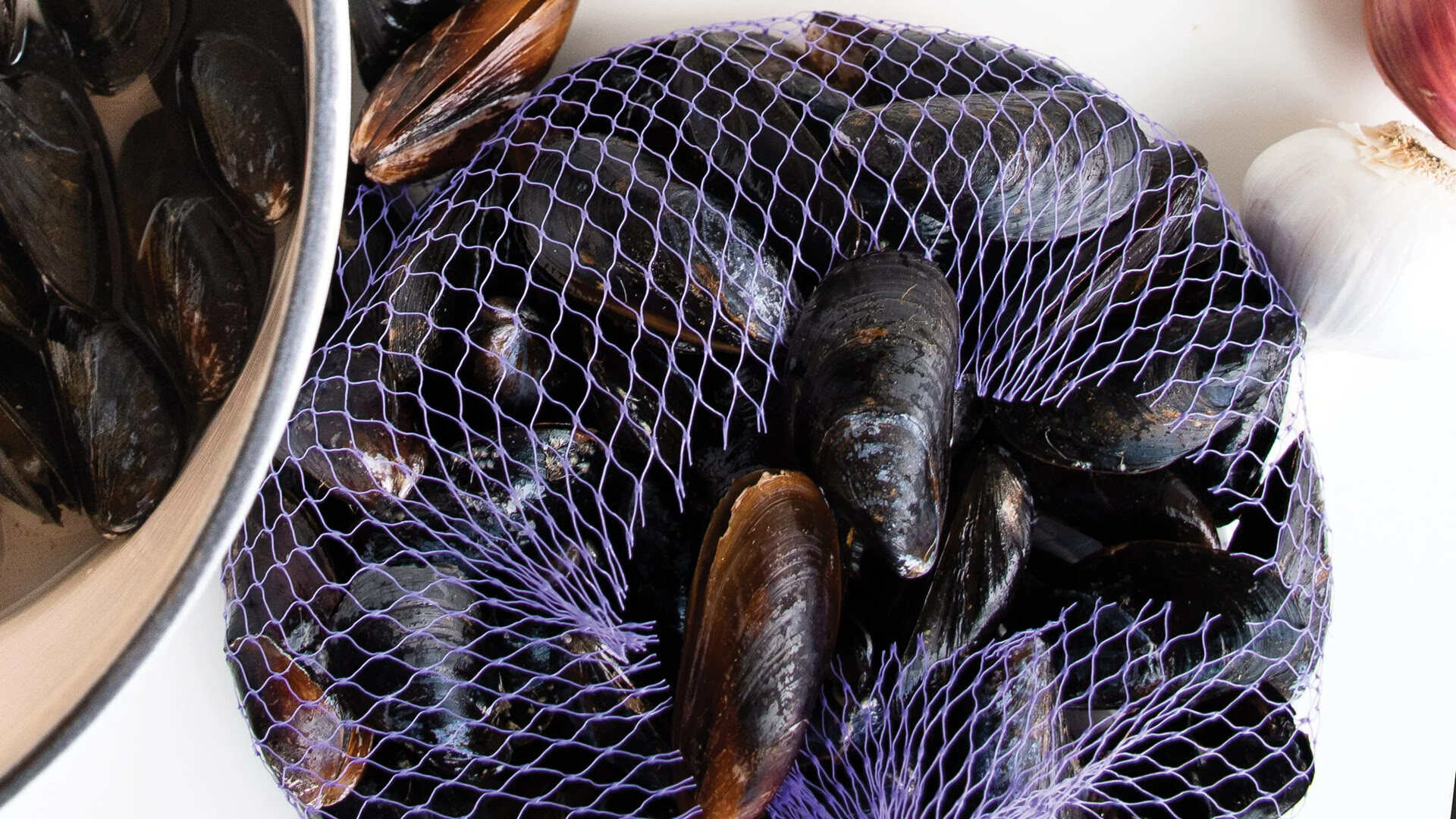
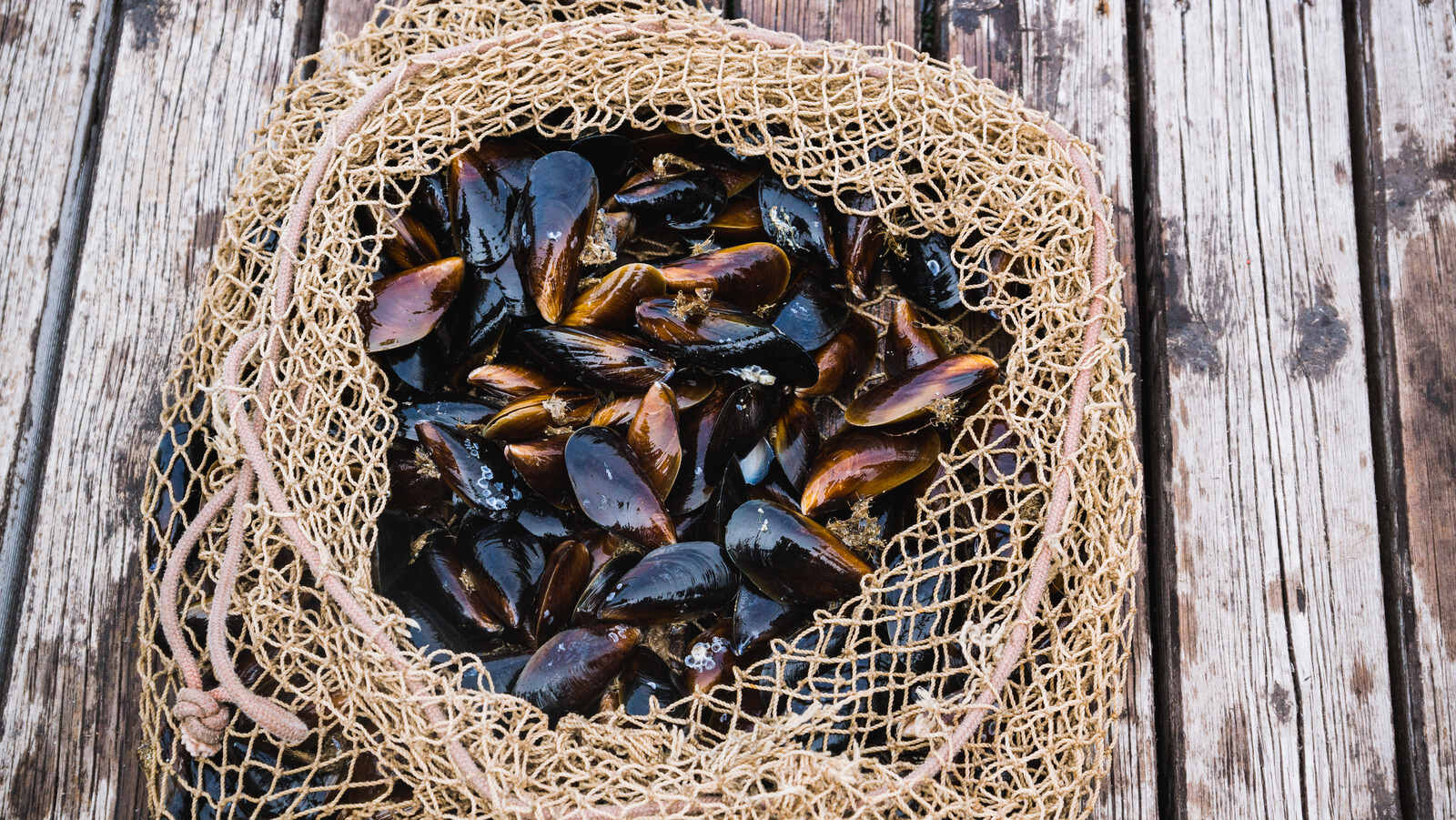
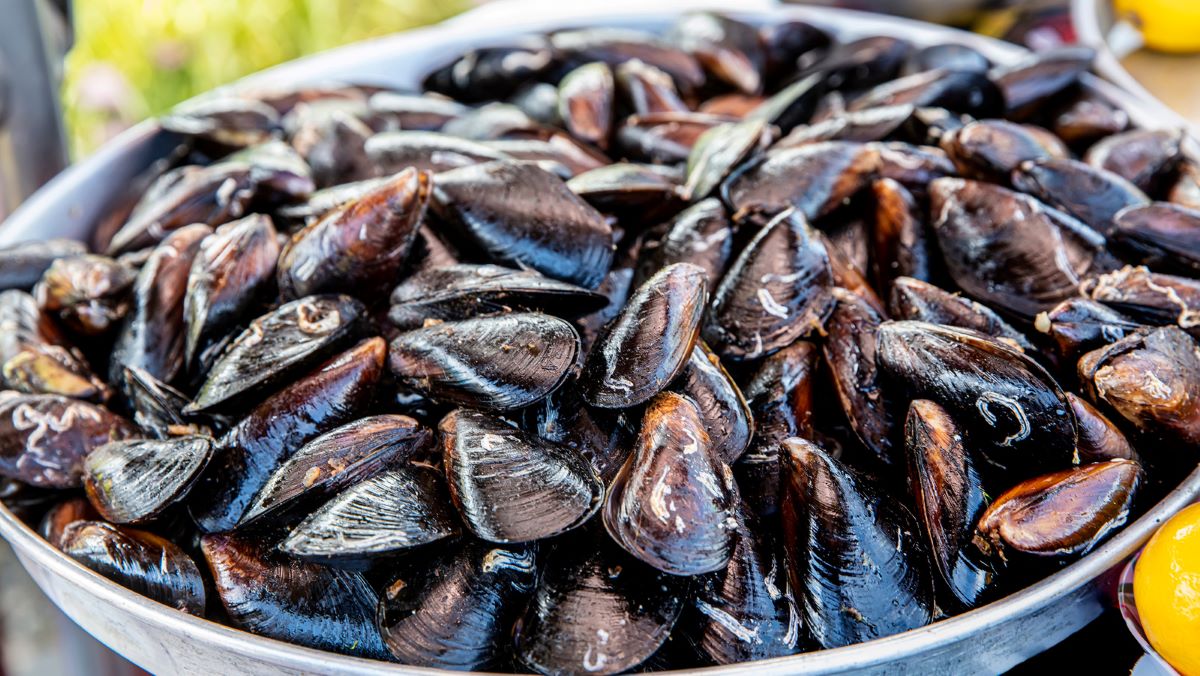
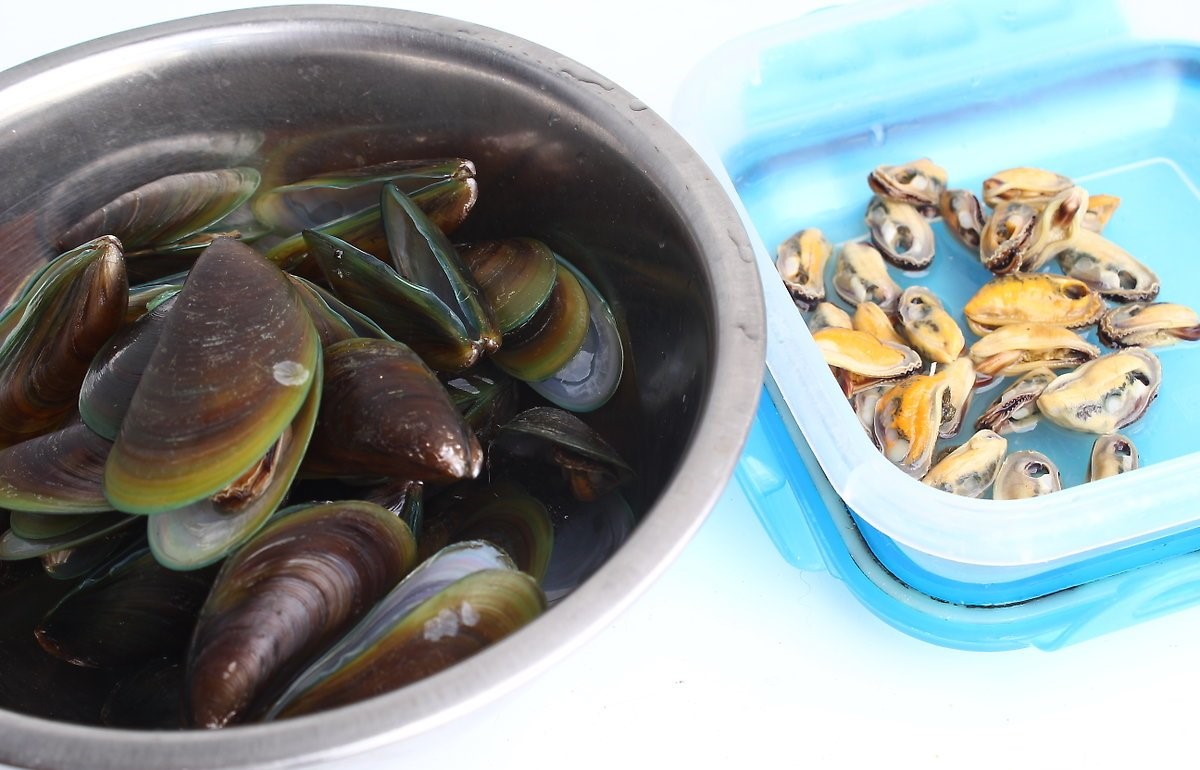


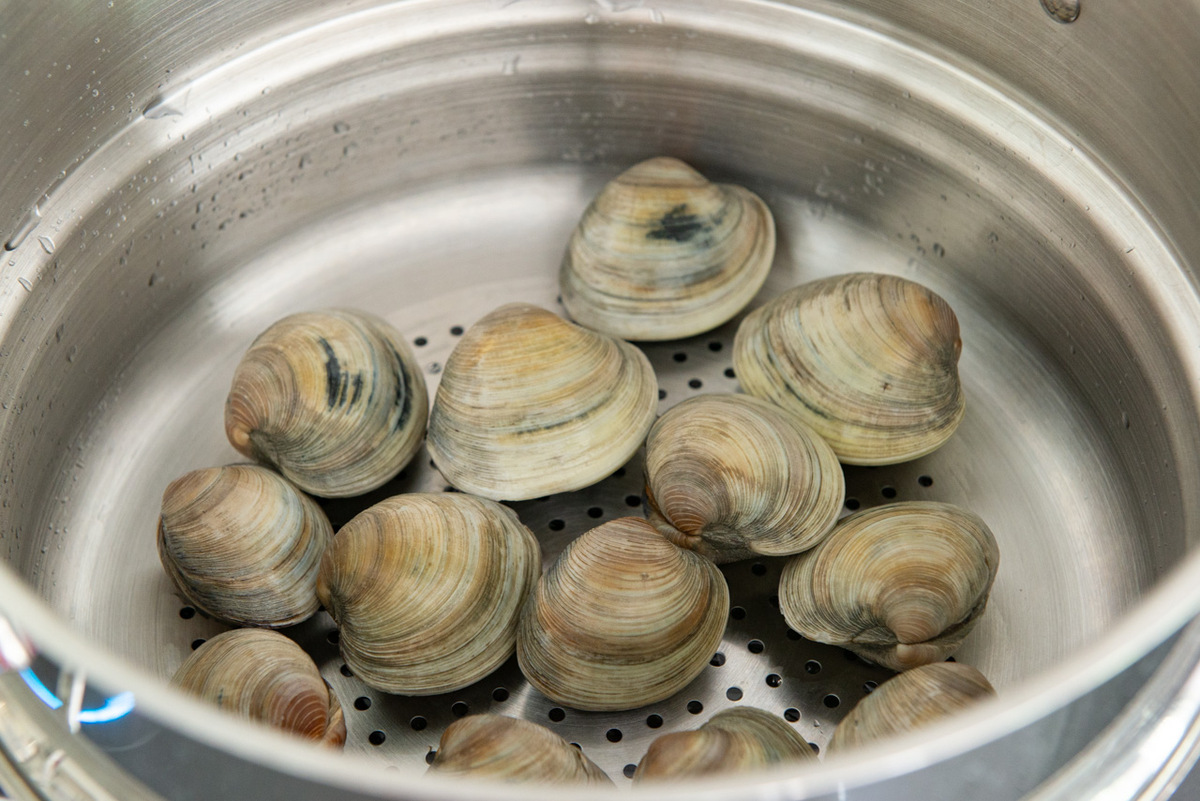
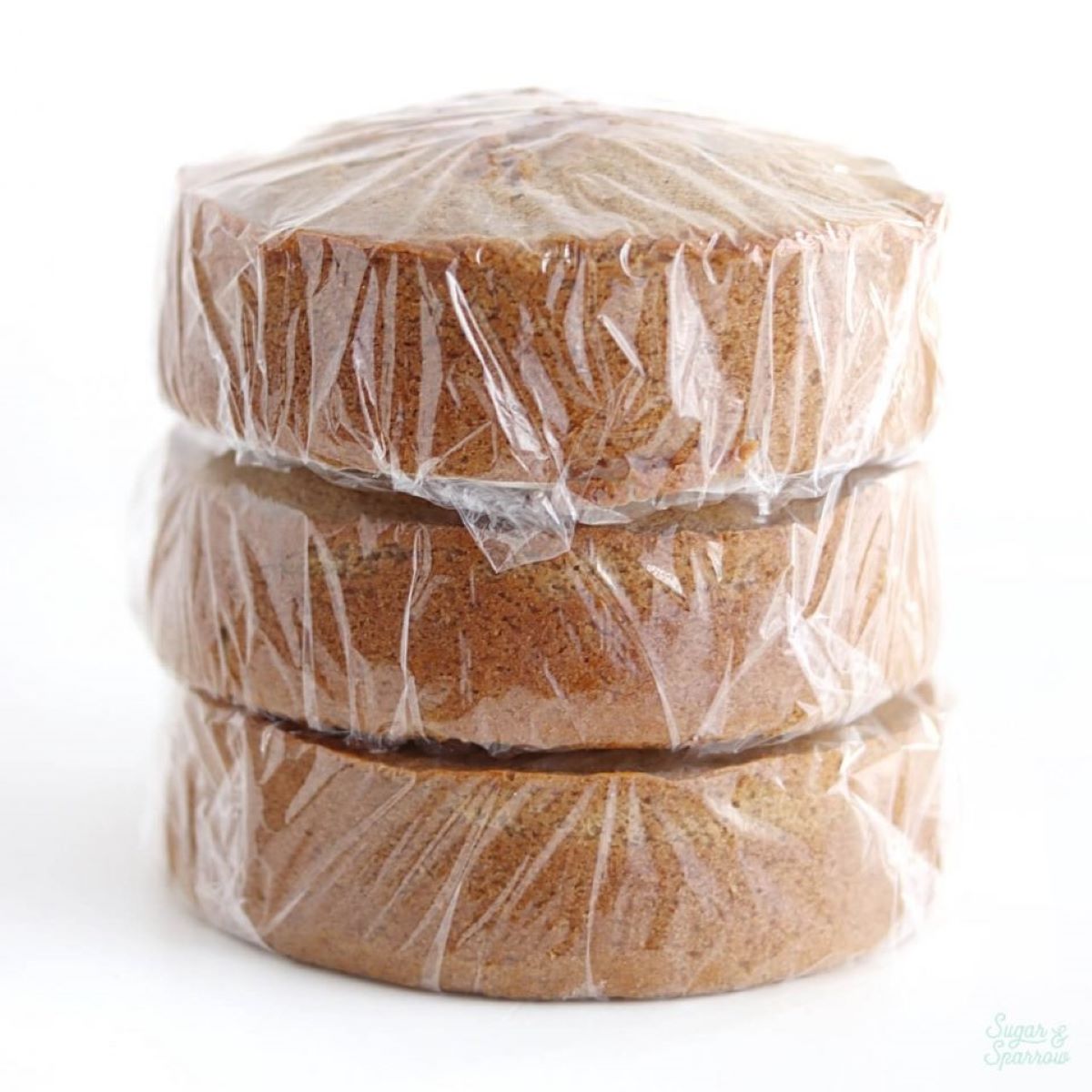

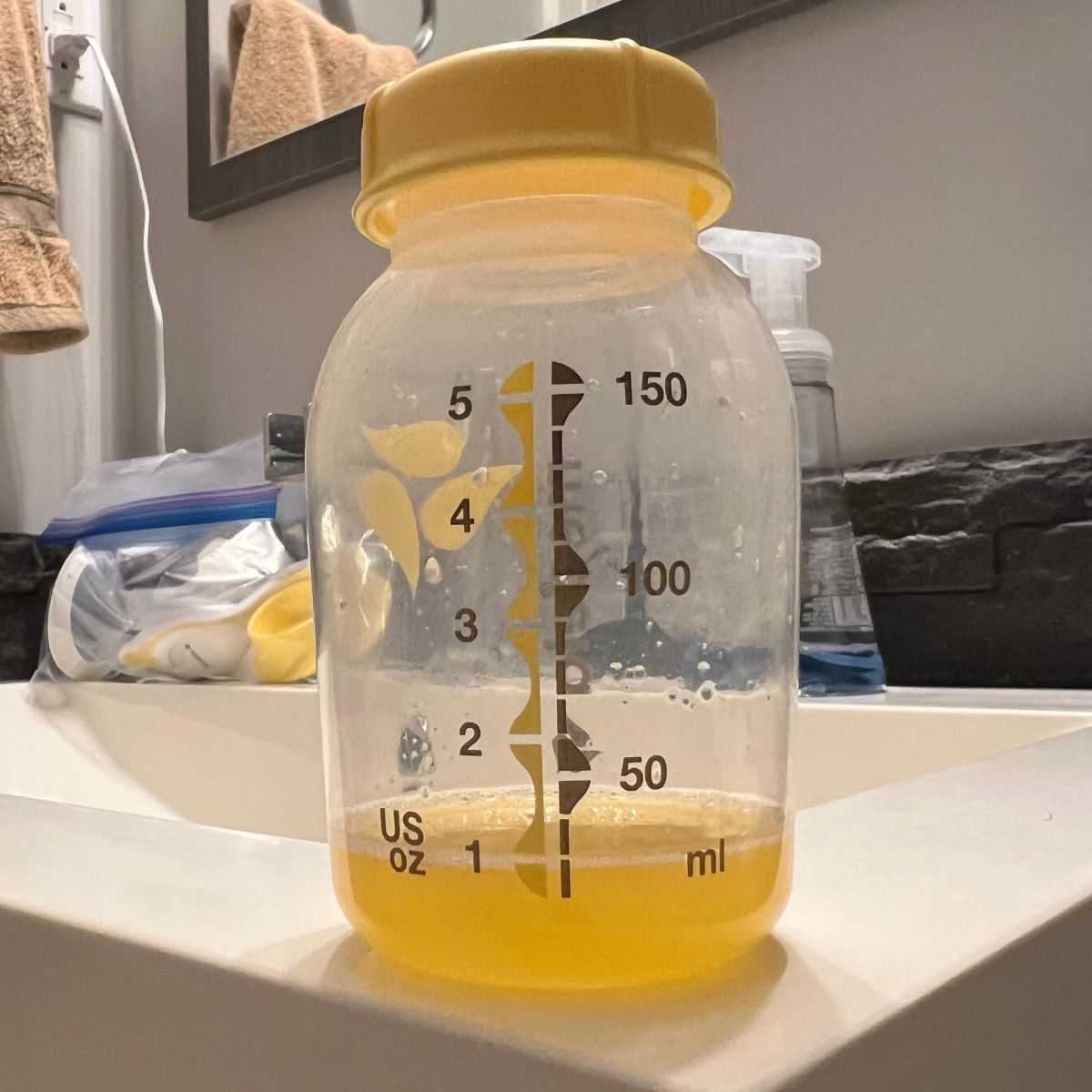

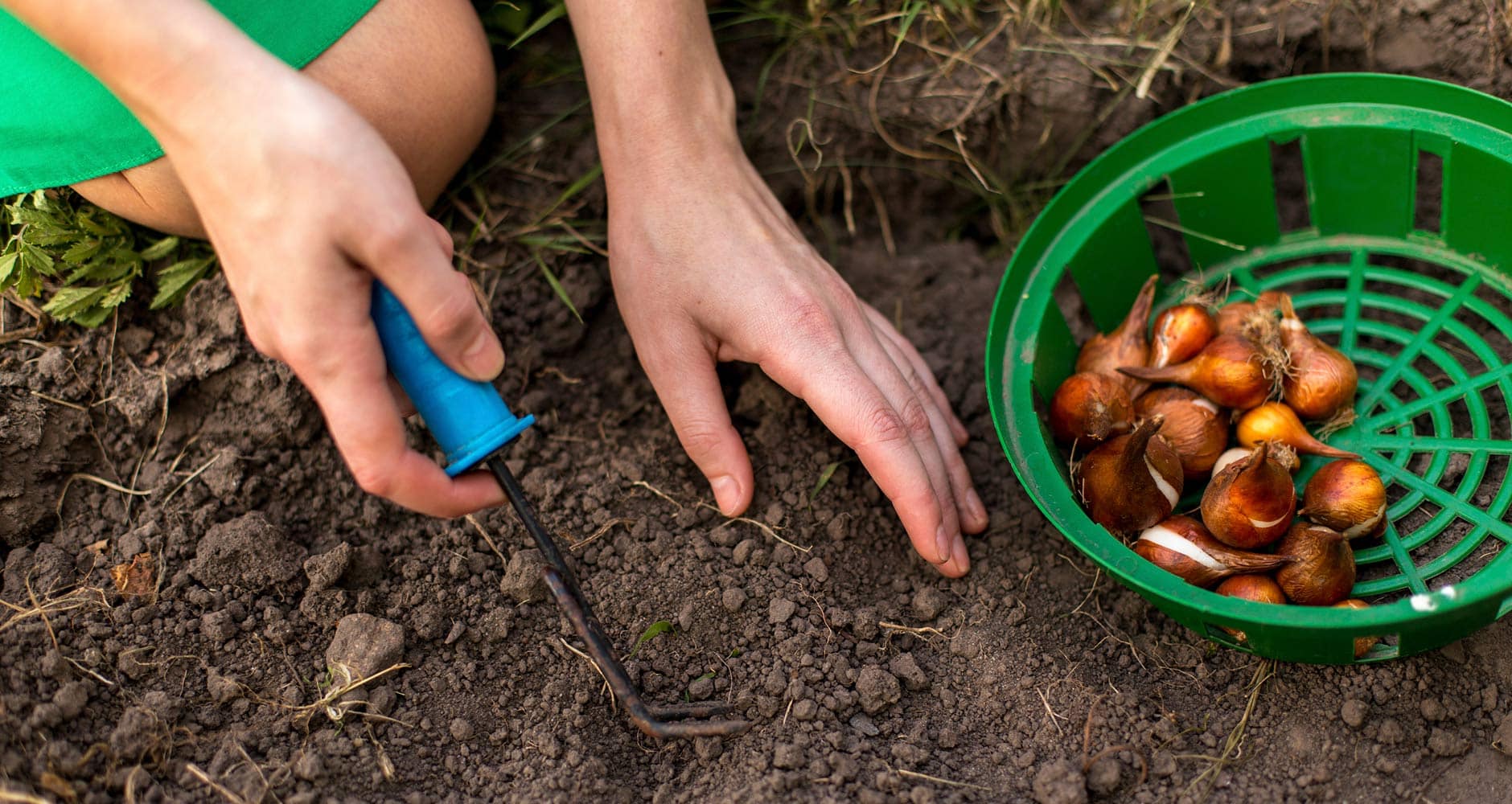

0 thoughts on “How To Store Mussels Before Cooking”